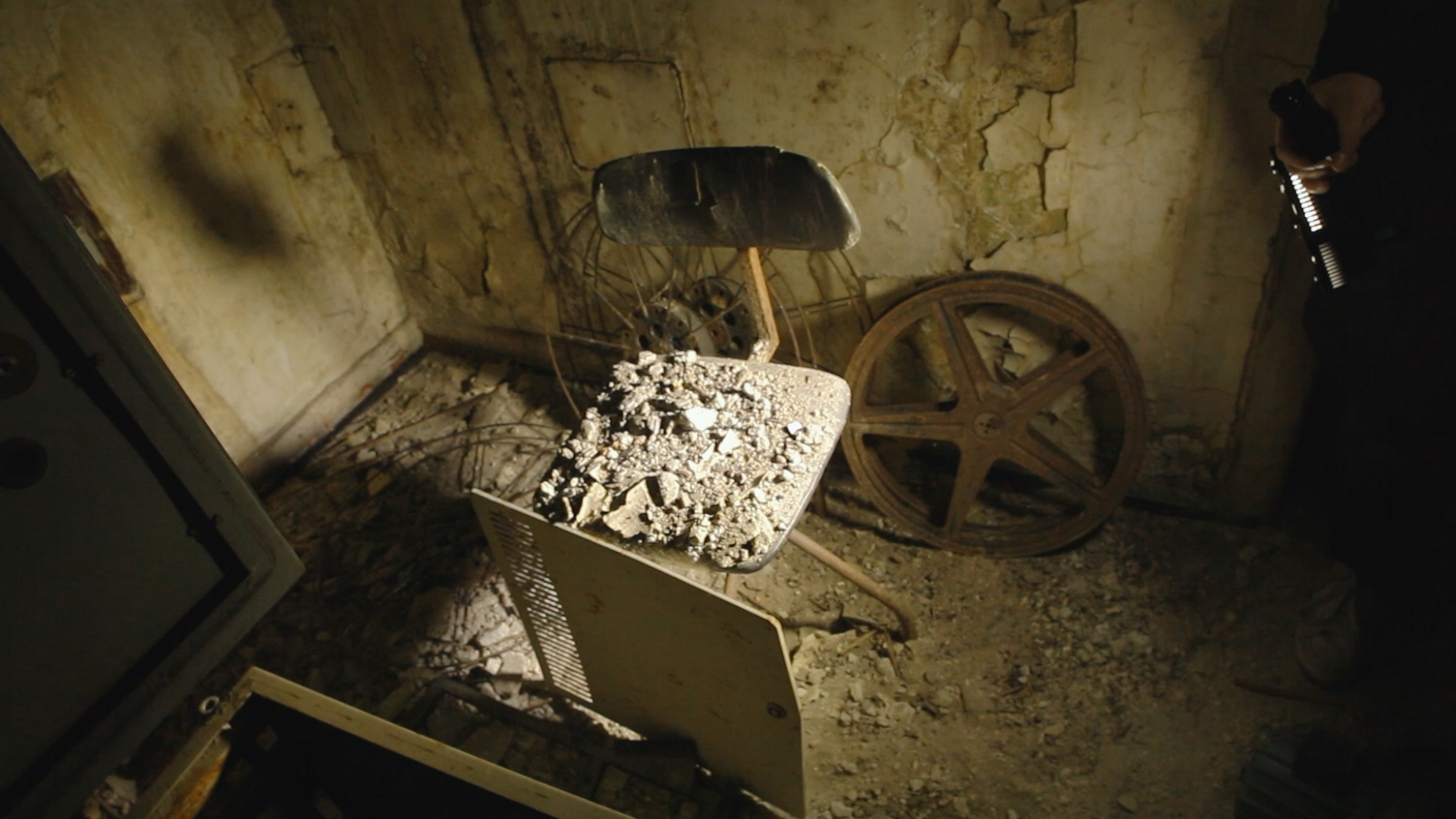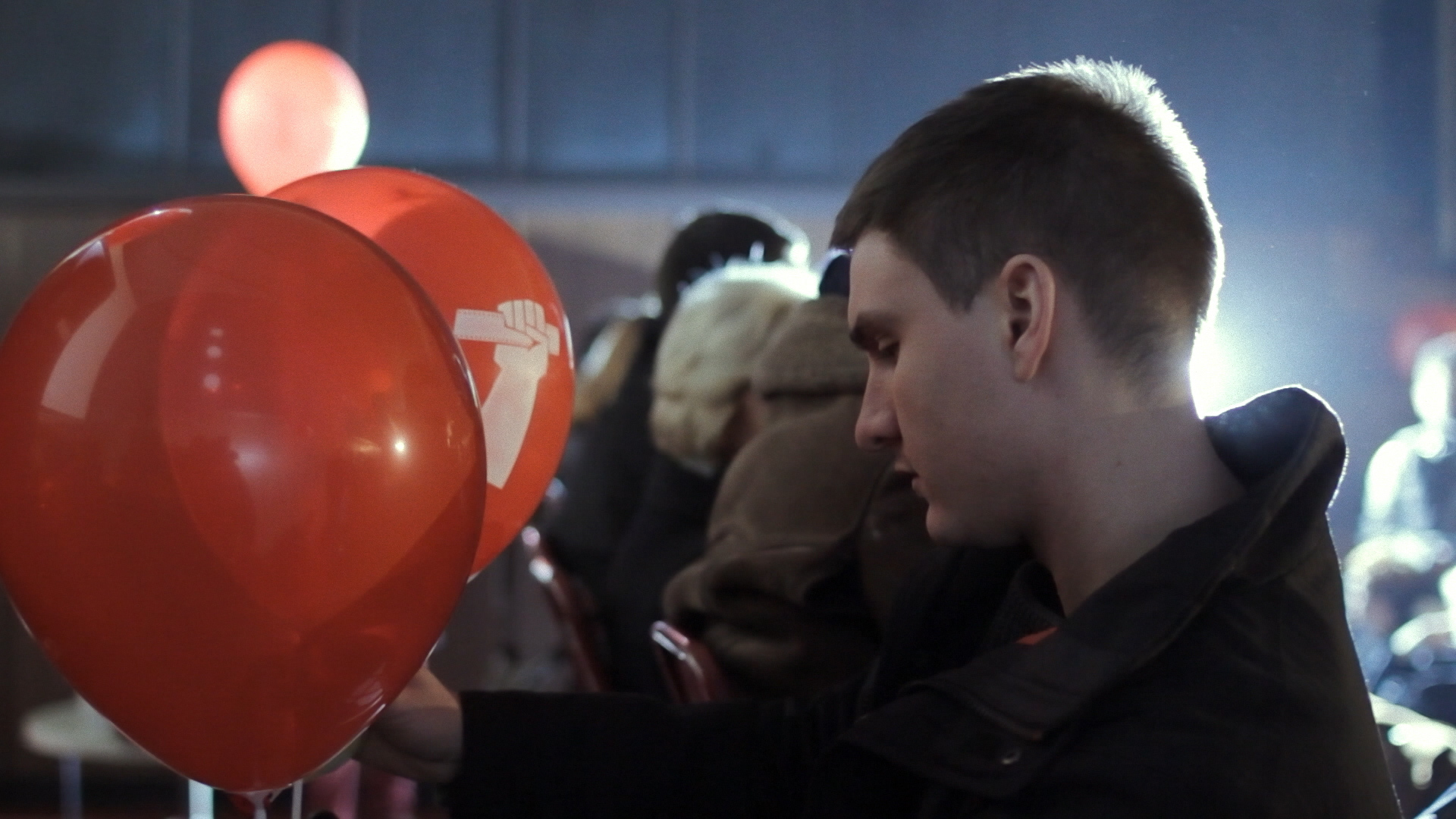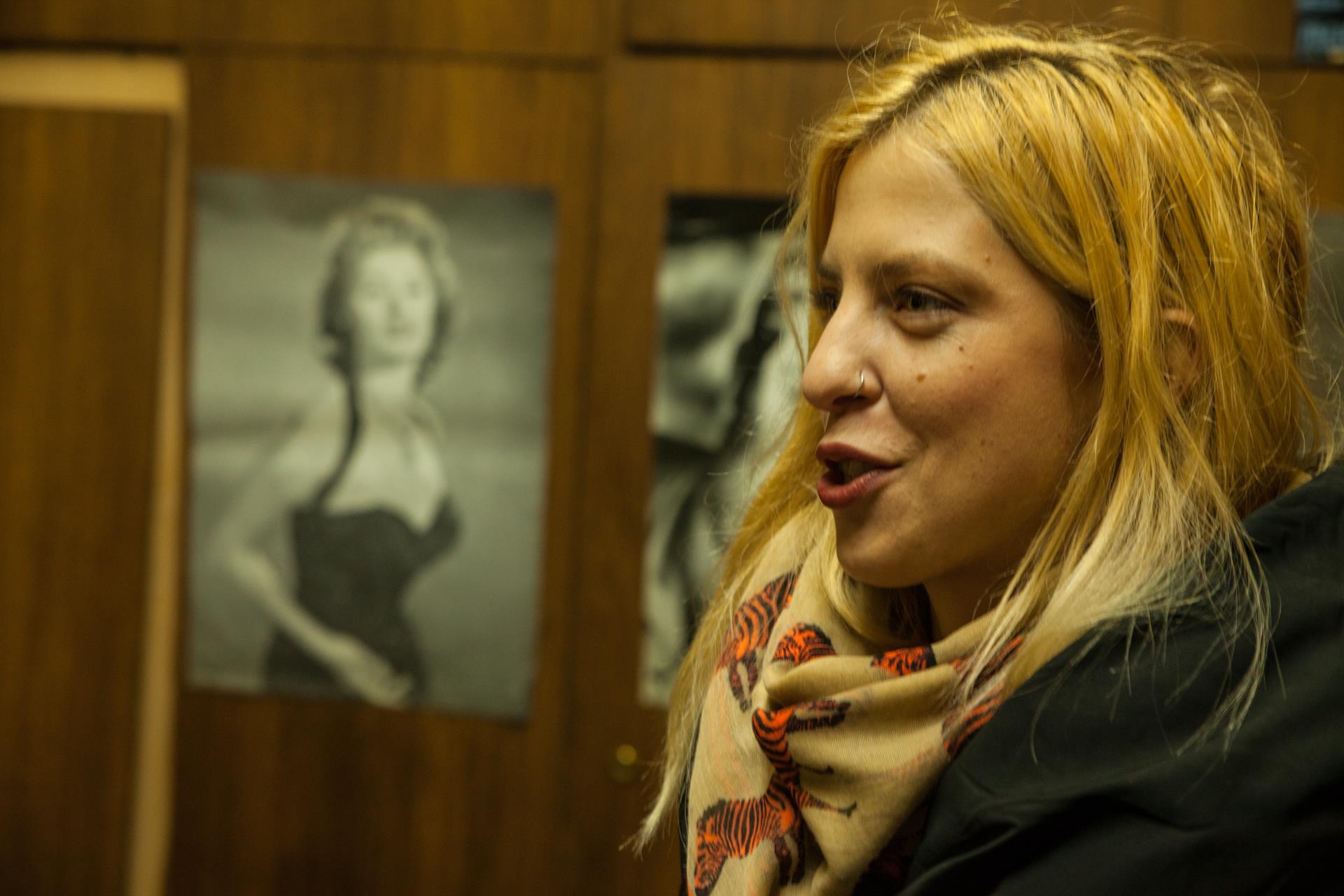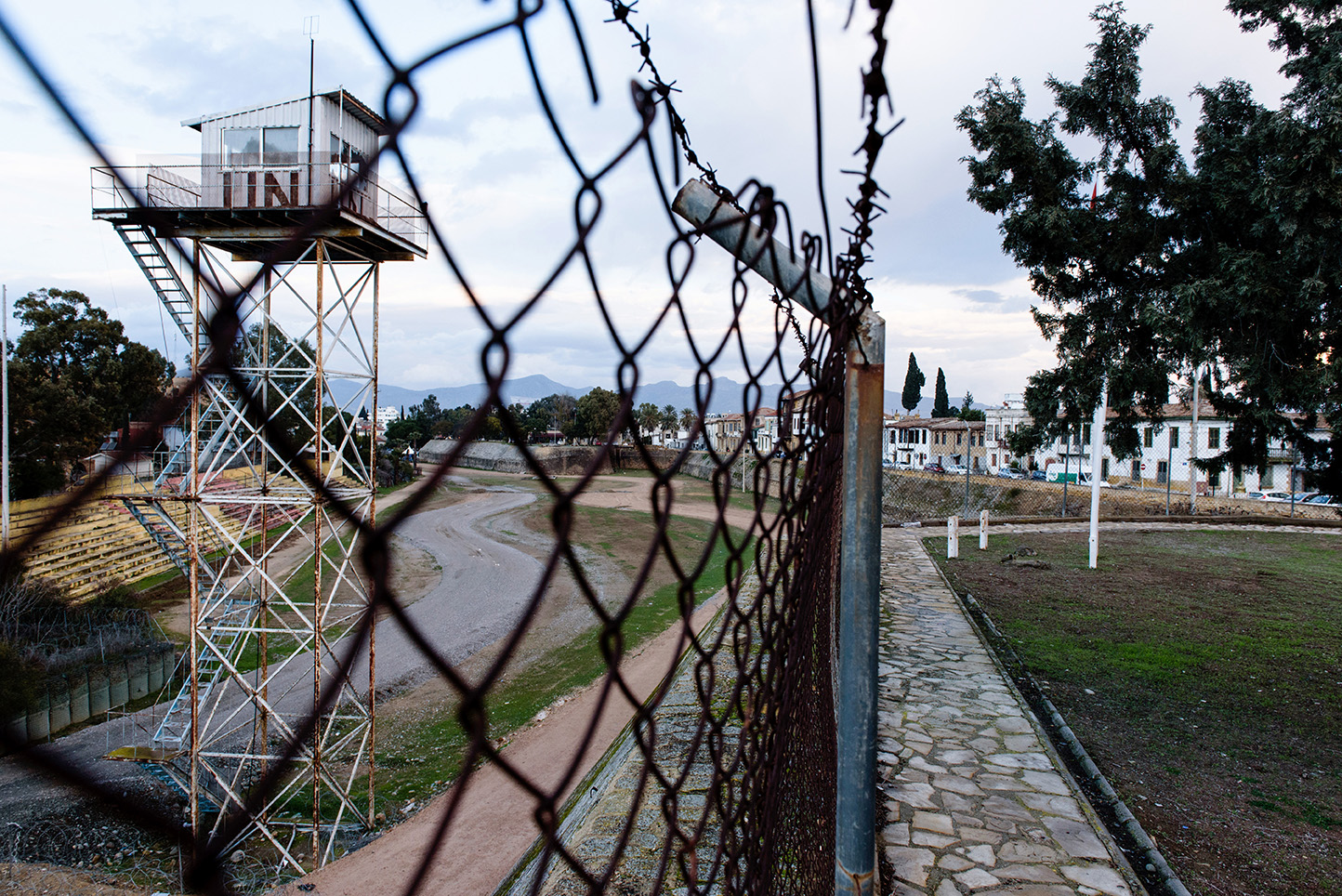Belgrade: the challenge of Novi Bioskop Zvezda
In Belgrade’s heart, Novi Bioskop Zvezda symbolizes resistance against privatisation. The "Movement for the Occupation of Cinemas" saved it in 2014 from real estate speculation by occupying it. This made Zvezda a beacon for independent cinema and an inspiration for activism
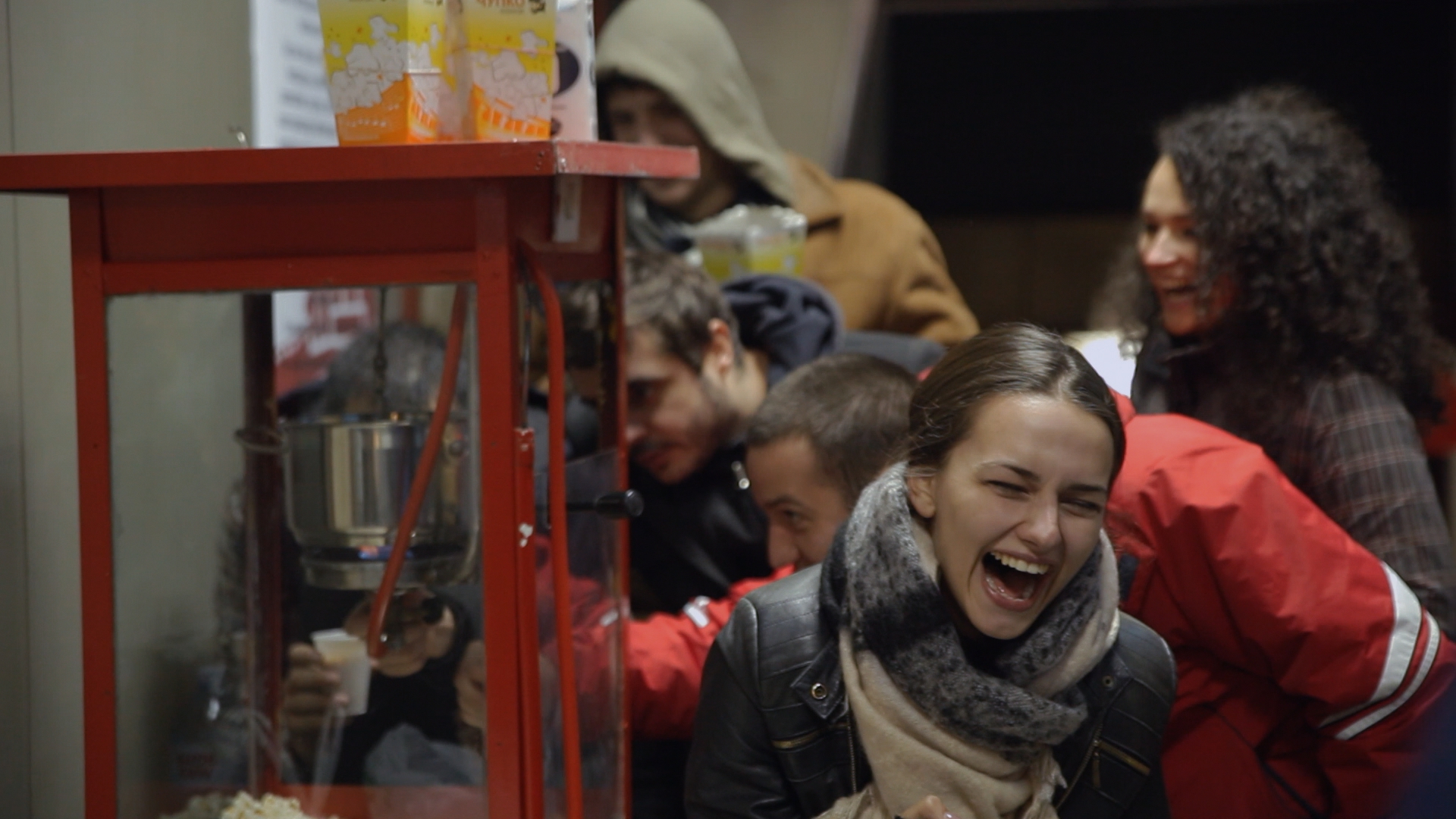
Belgrade-the-challenge-of-Novi-Bioskop-Zvezda
© Siniša Dugonjić
On Terazije Street, in the heart of Belgrade, sits a venue that symbolises the resistance Serbia has witnessed at various junctures. Novi Bioskop Zvezda (New Cinema Zvezda), as it is today known, is one of the cult cinemas that played a pivotal role in the golden age of Yugoslav cinema. Yet its understated entrance means one can easily work past this cinematic treasure without noticing.
That the cinema continues to flourish today is testament to the ‘Movement for the Occupation of Cinemas’ (Pokret za Okupaciju Bioskopa), established by a group of filmmakers, artists, and cinephiles, and their determination to safeguard this piece of history for generations to come.
The fall of the dictator Slobodan Milošević, the former president of Serbia, in October 2000, was followed by a free market transition defined most abruptly by the privatisation of state-owned enterprises. Nothing was safe from the asset strippers, whose legacies continue to be felt in all walks of life.
Then ‘Bioskop Zvezda’ (‘Cinema Star’), along with similar cultural gems, fell into disrepair; an often intentional and common ploy to further dilute the price tag with each passing month. As the structures decay and crumble, more investment is required to revitalise them. Many reach the point of no return and are torn down.
Fourteen cinemas owned by Belgrade Film were eventually sold to a Serbian businessman, Nikola Đivanović, for some €10m, a fraction of their estimated worth. These included Zvezda, Jadran, Kosmaj, Balkan, Avala, and Odeon – some of Belgrade’s signature names.
They were valued not because of their historic legacy but because of their real estate. Đivanović quickly sold off several of these cinemas, while others were repurposed. Their fate was in the hands of those looking for a quick and easy profit. In parallel, budget allocations for cinematography and culture events were crippled, save those boasting patriotic credentials.
Outraged by the tarnishing of the city’s cultural heritage and fearing Zvezda’s demise, a core group decided to take matters into their own hands. An earlier attempt had failed due to police intervention. A second was more organised, learning from previous mistakes, including the need to start operating immediately. On November 21st 2014, they entered the premises.
Senka Domanović’s 2018 film, ‘Occupied cinema’ (‘Okupirani bioskop’), captures the reality and often chaos of those first nights. She emphasises how the occupiers ‘did not gather then for nostalgic reasons and regret for the Yugoslav system, but because of practical, material problems that they wanted to solve at that moment.’ The Movement drew upon a wave of activism awakened earlier that same year by devastating floods across the region.
They mopped the floors and tidied the walls in preparation. Debris and rubbish were cleared. Repairs on the dilapidated space were carried out, though peeling paint remained. With a tangle of cables and extension cords, they improvised a film projection of ‘The Disobedient’ by Mina Đukić. Its faded velvet seats were filled by those who thought they’d never again savour Zvezda’s enduring charm.
To some they were trespassing, to others they were reclaiming public space that had been illegitimately placed into private hands. “‘Zvezda’ is open again!” they pronounced. “The cinema is ours!” they proclaimed. A clenched red fist clutching a strip of film reel became a symbol of resistance. A sense of solidarity and determination overrode concerns about police and private security companies. Makeshift sleeping arrangements were made, and regular meetings were convened. There was no turning back.
Though the organisers had determined that occupation was the only means for safeguarding the cinema’s historic legacy, the key question of how the cinema should eventually function aroused vehement and divergent points of view. The absence of specific demands arising from the occupation created confusion about how this act of protest would evolve. The ultimate cause remained undefined, or at least poorly articulated and communicated to those on the outside. The occupation could pressure institutions, but what specifically were they demanding?
The articulation of a broader vision for Zvezda was confronted by the daily logistical challenges of occupation. The preference of some for a tight-knit, smaller nucleus – namely the original members of the Movement – was opposed by those keen to incorporate new voices enticed by their initial success.
Various models were discussed, dismissed, and redefined. Could the government expropriate the cinema and sell it to the city of Belgrade? But why then should public funds be used in such a way when so many people are struggling? And why should questionable privatisations essentially be rewarded or compensated?
Donations were sought, and a petition to save the cinema was distributed. Could they buy the cinema themselves and run it professionally? Would it simply become an open space for filmmakers? How would ‘Belgrade Film’ workers be involved in its management? Some advocated self-management as a potential solution.
If nothing else, the occupation had for many become a political protest, attracting public attention to not only the privatisation of such cultural assets, but privatisation more broadly. Privatisation was widely presented as not having an alternative, of being inevitable, and yet here was a group of activists keen to demonstrate that this wasn’t necessarily the case.
Their actions would have broader implications for the occupation of other spaces, spaces that should remain open to the public, inspiring others to take direct action. They had led by example, confronting the perceived loss of agency that had hampered previous attempted mobilisations.
Domanović explains how ‘the different positions of these social groups and individuals led to the Movement experiencing a multitude of interpretations and ultimately getting lost in the interpretations of what the Zvezda Cinema should become, what kind of organization the cinema should be, how decisions would be made within this new organization of people, which audience the cinema should address with its programs, and so on.’
From a political dimension, Domanović notes how ‘there was also visible resistance to the Movement being labeled as left-wing because people within the Movement did not manage to fully identify with these ideas.’ ‘Although the very act of entering the cinema positioned the activists on the radical left political spectrum,’ she adds, ‘the movement itself, which was made up of different social groups, did not have – even nearly – such a clear political articulation.’ Furthermore, ‘creating stable political organizations that would have solutions to complex structural problems requires money, work, time, and patience.’
Novi Bioskop Zvezda became a beacon for alternative cinema, a symbol of defiance against privatisation and commercialisation. It offers an eclectic program of films and documentaries that struggle to find a home elsewhere, allowing new talent to showcase their work. It has fostered a vibrant intellectual and creative community contributing to subsequent movements. Even if the contradictions of vision could not be resolved, the debates helped elucidate the inherent challenges of building alternative models of mobilisation and management. Novi Bioskop Zvezda will continue to inspire others.
This publication has been produced within the Collaborative and Investigative Journalism Initiative (CIJI ), a project co-funded by the European Commission. The contents of this publication are the sole responsibility of Osservatorio Balcani Caucaso Transeuropa and do not reflect the views of the European Union. Go to the project page

